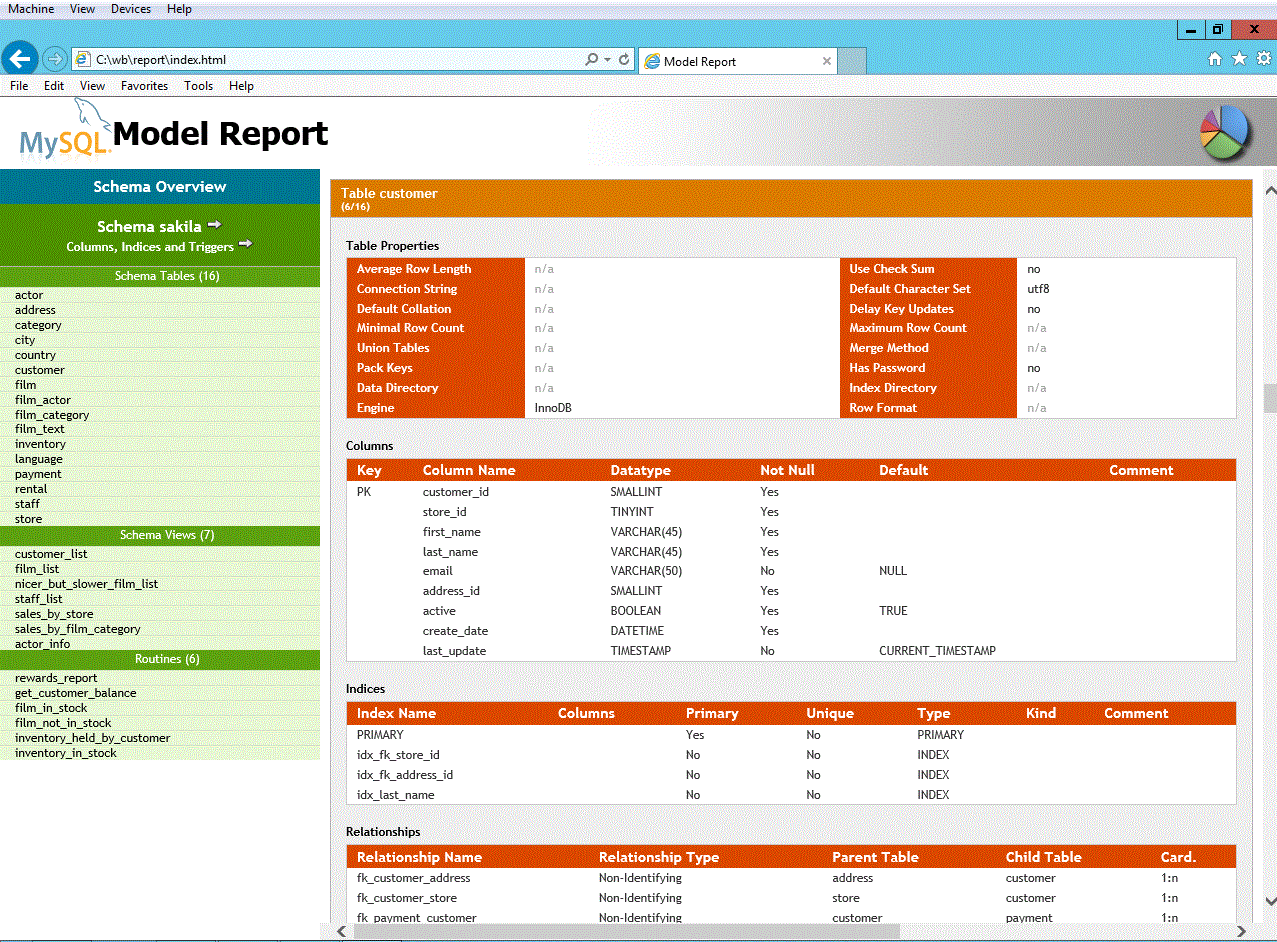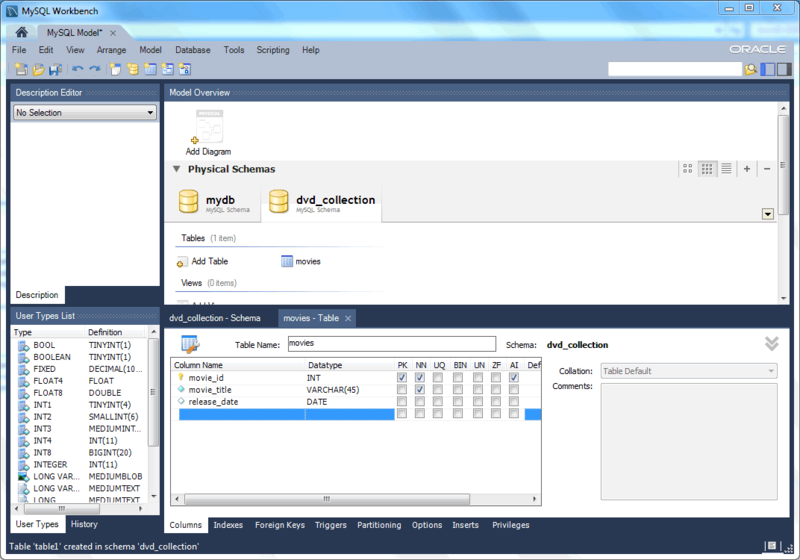

- #MYSQL DATABASE WORKBENCH FOR DUMMIES INSTALL#
- #MYSQL DATABASE WORKBENCH FOR DUMMIES DRIVER#
- #MYSQL DATABASE WORKBENCH FOR DUMMIES PASSWORD#
- #MYSQL DATABASE WORKBENCH FOR DUMMIES DOWNLOAD#
- #MYSQL DATABASE WORKBENCH FOR DUMMIES FREE#
Password: cPanel password or the password for the database user that was created.

Username: Your cPanel username or the user you created for the database. Hostname: You can use your domain our your cPanel IP address. The credentials will be like the following:Ĭonnection Name: You can name this whatever you like.

Click New Connection towards the bottom left of MySQL Workbench.What’s My IP address? Steps to connect to your database remotely You can get your IP address by going to the following link: In order for you to be able to connect to your databases remotely you will need to add your local computer IP address to the Remote MySQL in cPanel. I’ve created an online course that will take you from zero to intermediate level with SQL in 7 days.Don’t have time to read the article? Watch our walk-through video. From now on you can use either this or pgadmin4 to complete my SQL for data analysis tutorials! SQL for Aspiring Data Scientists (7-day online course)
#MYSQL DATABASE WORKBENCH FOR DUMMIES FREE#
You can try the classy SELECT * FROM zoo or you can go ahead and explore your data tables via the Database Explorer feature:Īaand… That’s it for today! You have a cool free SQL query tool, SQL Workbench. Note: It’s worth saving your connection details so you don’t have to type them again! STEP 6: Run a test query!Īs a last step, just run some sample queries to test out your new SQL query tool! If you did everything properly, you should have something like this on your screen:Ĭlick OK and the connection will be established! Username: This should be the username that you set up when you installed your data server. Note: usually when you get access to a database, you get this information (IP address, port, database name) from the admin of the database.

#MYSQL DATABASE WORKBENCH FOR DUMMIES DRIVER#
If you can see it on the “Library list” (shown in the above picture), click OK and your driver will be set! (I’ve typed in: “My first postgreSQL connection”)ĭriver: Select PostgreSQL! You will get an error message. Name: You have to name your connection, which can be anything. It requires a few pieces of information to make the connection: When you run your SQL Workbench application, the first window will be the “Connect window.” If not, you can still access it from File –» Connect Window.
#MYSQL DATABASE WORKBENCH FOR DUMMIES INSTALL#
Note: if you don’t have your own data server to practice yet, set one up here: Install Python, R, SQL and bash! Important! Put this file in a folder where it is safe and where you won’t accidentally move or remove it. When I’m writing this article (May, 2017), the right file is: PostgreSQL JDBC 4.2 Driver, 42.1.1
#MYSQL DATABASE WORKBENCH FOR DUMMIES DOWNLOAD#
Read the instructions and download the appropriate version (in our case, this is going to be the one that is compatible with Java8+). Unfortunately you have to download a postgreSQL plugin too! On Mac: right click on SQLWorkbenchJ –» Open.On Windows: right click on SQLWorkbench.exe –» Run as administrator.Once you have downloaded your file, unzip it! You don’t have to install anything, just run the SQL Workbench application. Whether it’s on the top for you as well or not, please go and find this exact version: Build 124.Īnd make sure you are downloading the right version for your operating system: When I write this article, Build 124 is on the top. Here, you’ll see all the previously released SQL Workbench versions. SQL Workbench works with Java8+, so until you have this package, you won’t be able to run it! Java will be useful anyway, so simply download and install it from here: STEP 1: Download and install Java 8+ on your computer! Today I will show you how you can install it too! The setup process is more or less the same on Mac, Windows and Linux, but I’ll highlight the slight differences in my article – and you can always select the appropriate solutions for yourself. In my previous SQL for data analysis tutorial, I briefly mentioned that I prefer SQL Workbench over pgadmin4 for SQL querying.


 0 kommentar(er)
0 kommentar(er)
